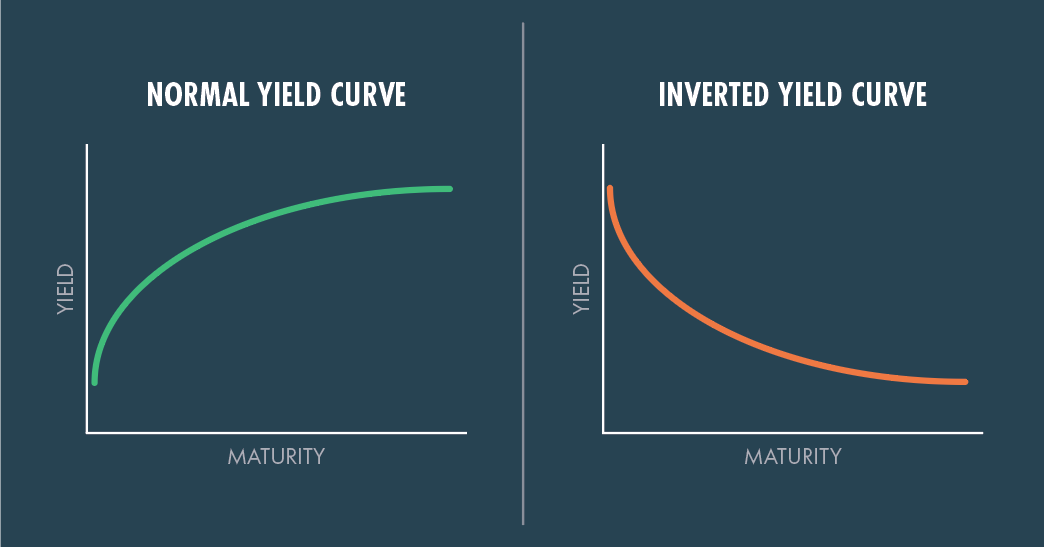When deciding what electric vehicle to purchase, tax credit eligibility can be a big factor. All-electric, plug-in hybrid, and fuel cell electric vehicles purchased new, in 2023 or after, may be eligible for a federal tax credit. However, there are various qualifications for both the buyer and the manufacturer that must be met in order to qualify for tax credits. The tax credit applies to battery electric vehicles with an MSRP below $55,000. It also includes zero emission vans, SUVs, and trucks with an MSRP up to $80,000.
Filers’ eligibility for this tax credit depends on their Adjusted Gross Income (AGI). Eligible AGI values vary based on if the vehicle is new or used. For all new vehicles these following income guidelines must to qualify. For married couples filing jointly, AGI must not exceed $300,000. For a head of household, AGI must not exceed $225,000. For all other filers, AGI must not exceed $150,000.
The following AGI thresholds apply when purchasing a qualifying used EV. For married couples filing jointly, AGI must not exceed $150,000. For head of household, AGI must not exceed $112,500. Finally, for all other filers, AGI must not exceed $75,000.
If you are purchasing a new car that meets all requirements AND your income is below the AGI thresholds, you are eligible for a federal income tax credit of up to $7,500. The tax credit breaks down as follows:
- $2,500 base tax credit
- Plus $417 for a vehicle with at least 7 kilowatt hours of battery capacity.
- Plus $417 for each kilowatt hour of battery capacity beyond 5 kilowatt hours, up to $7,500 total.
If eligible, your tax credit will be applied to your tax owed. It’s important to note that any unused tax credit will not rollover into the next year nor is it refundable as cash. To take full advantage of an EV tax credit, you may want to consider adjusting your withholdings or estimated tax payments to ensure you have enough tax owed to utilize the entire credit.
Starting in 2024 there will be a new electric vehicle credit rule allowing the option to take a tax credit as a discount at the time of purchase. The tax credit would be transferred to the dealer and the price of the vehicle would decrease by the expected tax credit amount. This would allow people who qualified for the tax credit to benefit sooner rather than being forced to wait until it’s time to file tax returns.
Notes:
- If not all vehicle and income requirements are met, then a $3,750 tax credit may still be available if the vehicle meets either the critical minerals requirement or the battery components requirement.
- New York residents may be eligible for a state-level rebate of up to $2,000 on top of the federal tax credit. It is important to take advantage of this opportunity and understand which vehicles qualify for tax credit in 2023.
Vehicles that qualify for the full tax credit ($7,500):
Tesla Model 3 (Performance Model included)
Tesla Model Y
Chevrolet Equinox
Chevrolet Blazer
Chevrolet Bolt
Chevrolet Silverado
Ford F-150 Lightning
Cadillac Lyriq
Volkswagen ID.4
Chrysler Pacifica PHEV
Lincoln Aviator Grand Touring PHEV
Partial Tax Credit ($3,750):
Jeep Grand Cherokee PHEV 4xe
Jeep Wrangler PHEV 4xe
Lincoln Corsair Grand Touring PHEV
Rivian R1S
Rivian R1T
Ford Mustang Mach-E
Tesla Model 3 (Single motor model)
Vehicles that no longer qualify for tax credit if put into service after April 18, 2023:
Audi Q5
BMW 330e
BMW X5 (may return to 2024 list)
Genesis GV70
Nissan Leaf
Volvo S60



